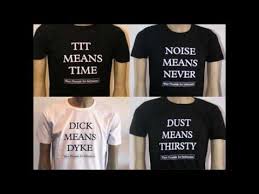Lingoblog, true crime and the identification of the victim after more than 30 years
(trigger warning: violent content)
Last year, November/December 2022, Lingoblog brought a quiz about a true crime. We had received a mail with the request to help to solve a crime that had been committed in 1992. The crime had not been resolved, but finally the identity of the victim has been identified, thanks to the tattoo with a text that we showed. The tattoo is not reproduced here. It can be seen in the article linked to below.
This was the story in the quiz:
… ↪In 1999 [sic] the body of a woman was found in Antwerp, Belgium (…) She had a tattoo on her body. But what does it say on the tattoo? Many people have looked at it,


